Rolling shutter is an optical illusions that happens sometimes when shooting with digital cameras. It’s a byproduct of how the sensor inside a camera works. The illusion happens mostly with CMOS sensors because of how these sensors gather light. Compared to CCD sensors where the whole sensor is exposed at the same time, with CMOS sensors the image is scanned down pixel by pixel, much like a flatbed scanner:
The rolling shutter effect is affected by not only the type of sensor but also how the sensor (and therefore the camera) is held. Watch how the effect changes as the camera is first held vertically and then horizontally:

Vertical
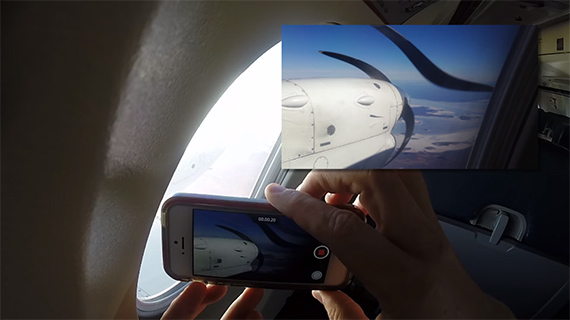
Horizontal
It’s affected by how fast the subject is moving. As SmarterEveryDay explains, the faster the subject is moving, the more exaggerated the rolling shutter effect. In this side bye side comparison, you can see how the fast moving propellers are skewed:
Below, the same effect skews the bridge, making it look slanted.
Further, the effects are different depending upon which way the subject is moving in comparison to the shutter (or as the case may be the shutter moving in comparison to the subject). The effect is illustrated using a flatbed scanner and a patch. When the patch is moved in the same direction as the row of scanning pixels it appears stretched.
When it’s moved in the opposite direction the patch appears to be squashed.
A similar thing happens with a digital camera:
And this is how the rolling shutter effect looks on guitar strings when they’re shot at 20,000 to 28,000 frames per second.
Probably the easiest way to see the rolling shutter effect is by spinning a coin on a flat surface.
Rolling shutter is intriguing and at the same time an opportunity to work with this optical illusion to create interesting images. Some photographers dread the rolling shutter, but looking at these images, it’s actually kind of cool!
Like This Article?
Don't Miss The Next One!
Join over 100,000 photographers of all experience levels who receive our free photography tips and articles to stay current:

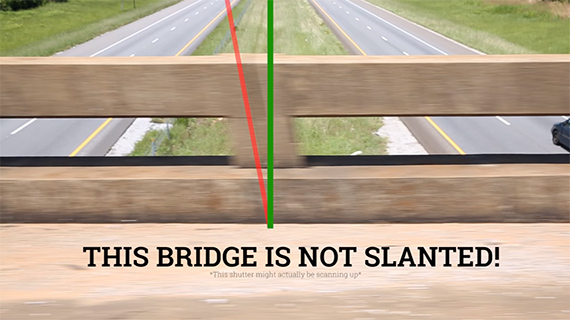
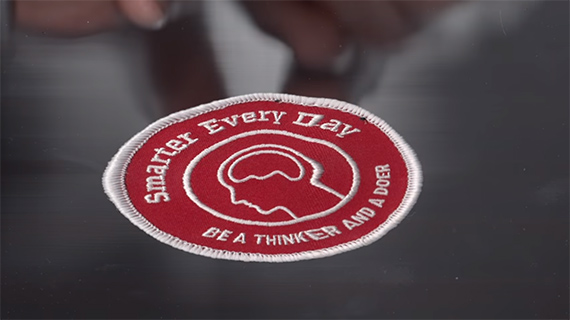
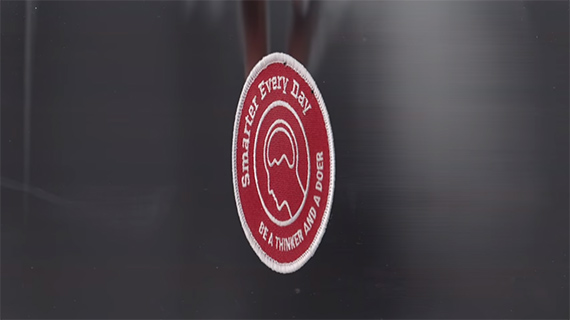
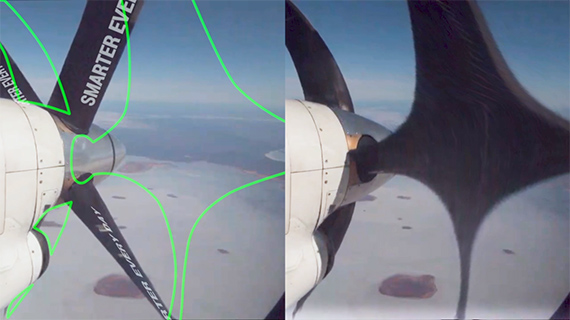

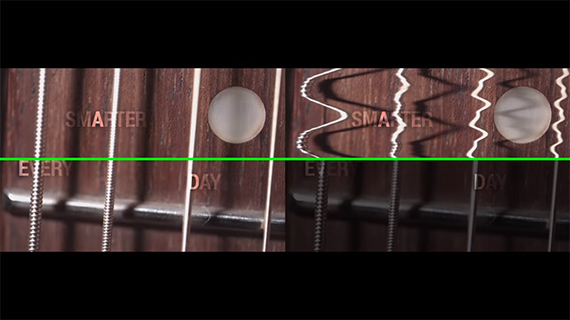
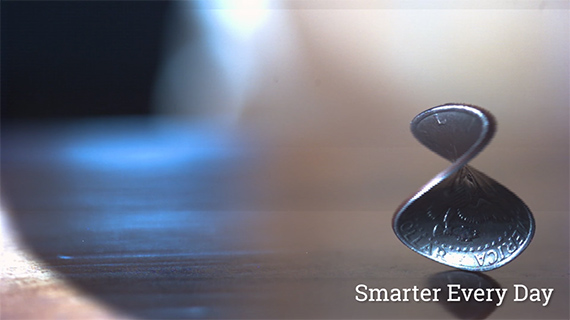





Leave a Reply